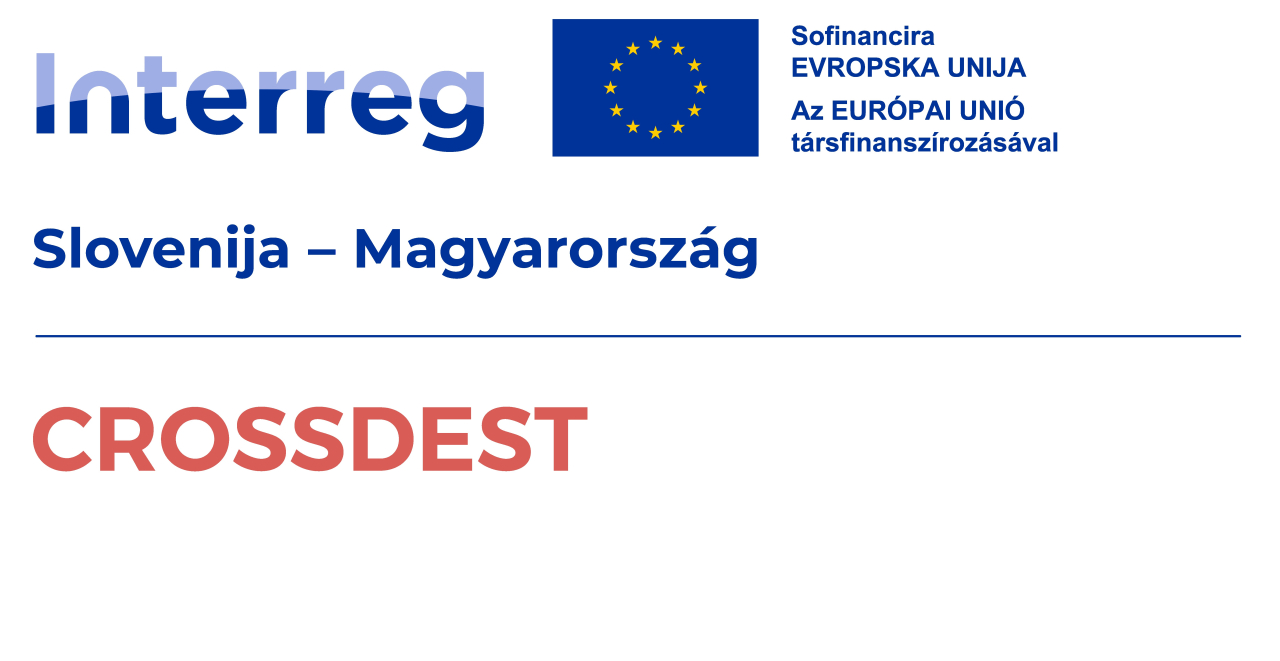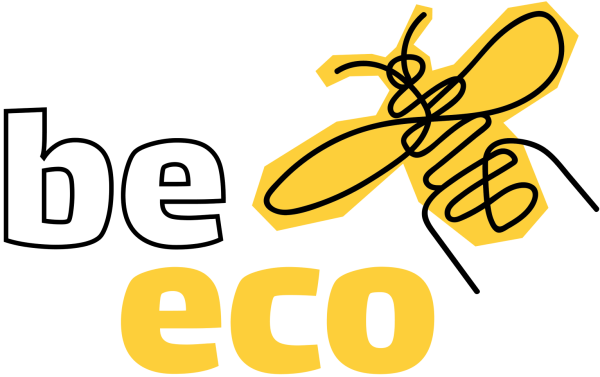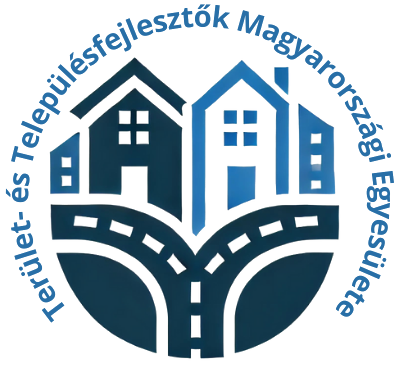-

Photo: Innotime -

Photo: Innotime -

Photo: Innotime -

Photo: Innotime -

Photo: Innotime
Parádsasvár
Parádsasvár is a small village nestled in the forests of the Mátra Mountains, offering visitors a rich historical background and a wide range of tourist experiences. First mentioned in written sources in the 16th century, the village was under the ownership of various noble families over the centuries. One of the defining elements of its development was the glass industry, introduced in the 18th century through the initiative of Francis II Rákóczi. The local glassworks gained national fame in the following centuries; the glass products of Parád were regarded as symbols of high-quality craftsmanship and even reached the imperial court in Vienna. Although the factory ceased operation in the early 2000s, the tradition of glassmaking lives on through local artisan workshops. These small studios not only sell their finished products but also allow visitors to observe the glass-cutting process and even create their own decorative items, turning tourism into a means of preserving cultural heritage. Among the village’s architectural landmarks, the Károlyi Castle stands out. Designed by the renowned architect Miklós Ybl in the late 19th century, the castle now functions as a five-star hotel that combines modern comfort with historical elegance. The hotel operates with a commitment to sustainability, incorporating energy-efficient systems, working with local producers, and maintaining extensive green spaces. Thanks to its natural environment, Parádasvár is a popular destination for nature lovers. The surrounding forests and hiking trails provide excellent opportunities for recreation while maintaining a strong focus on environmental protection and respect for nature. Nearby springs, such as the well-known Csevice spring, have long been valued not only for their health benefits but also for their cultural significance. The walking paths and rest areas built around these springs represent the values of slow, eco-conscious tourism. The region’s birdlife and botanical diversity also provide a foundation for nature conservation programs, which visitors can engage with as part of a responsible tourism approach. The village’s cultural life comes to life through a variety of events held throughout the year, all of which emphasize local values. Summer festivals celebrating humor and craftsmanship not only offer entertainment but also strengthen community spirit and preserve traditions. These events invite visitors to sample local products, take part in artisan workshops, and experience the rhythm of rural life firsthand. Accommodation options in the village include historic luxury hotels as well as cozy guesthouses that use local ingredients, are built with natural materials, and reflect an environmentally conscious mindset. Many of the guesthouses are run by locals who also organize community programs, allowing guests to form meaningful connections with the residents. Parádsasvár is an ideal destination for those seeking historical, natural, and communal experiences, while also contributing to the sustainable development of the local economy. Its offerings are built on the principles of slow and responsible tourism, where the focus is not on mass consumption but on preserving values and practicing mindful travel.
Arrival
- Walk
- Horseback
- Bike
- Electric bicycle
- Motorcycle
- Car
Public transport
- bus
Parking information
- Free outdoor parking available
- Free bus parking available
- E-bike charging available
Sustainability level
Topic 1: Destination Management 33%
- Visitor management: 60%
- Commitment and organization: 12%
- Design & development: 17%
- Monitoring and reporting: 25%
- Legal and ethical compliance: 50%
Topic 2: Nature and landscape 60%
- Nature and wildlife protection: 100%
- Nature and conservation: 20%
Topic 3: Environment and climate 39%
- Land use and pollution: 67%
- Water management: 20%
- Energy, sustainable mobility and climate change: 0%
- Adaptation to climate change: 50%
- Waste and recycling: 60%
Topic 4: Culture and traditions 83%
- Cultural heritage: 67%
- People and traditions: 100%
Topic 5: Social Welfare 28%
- Health and safety: 50%
- Local economy: 40%
- Socio-economic impacts: 0%
- Community participation: 50%
- Human dignity: 0%
Topic 6: Business and Communication 39%
- Business participation: 11%
- Information and marketing: 67%







